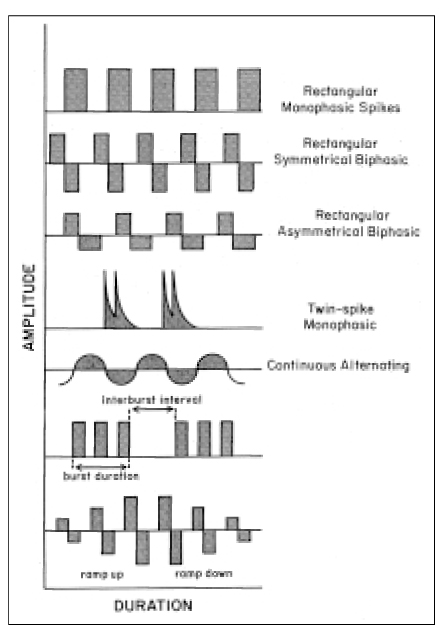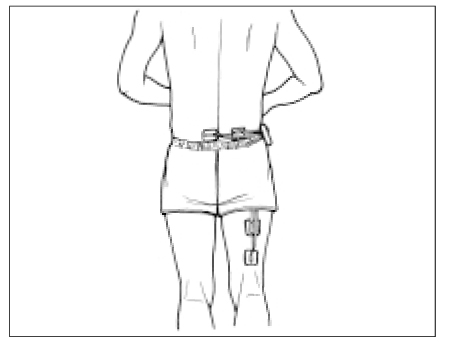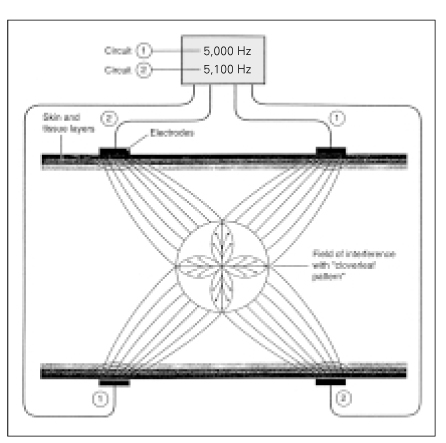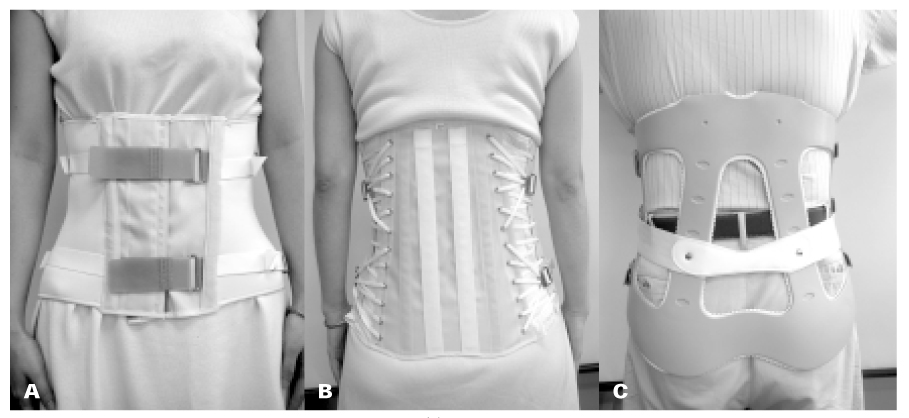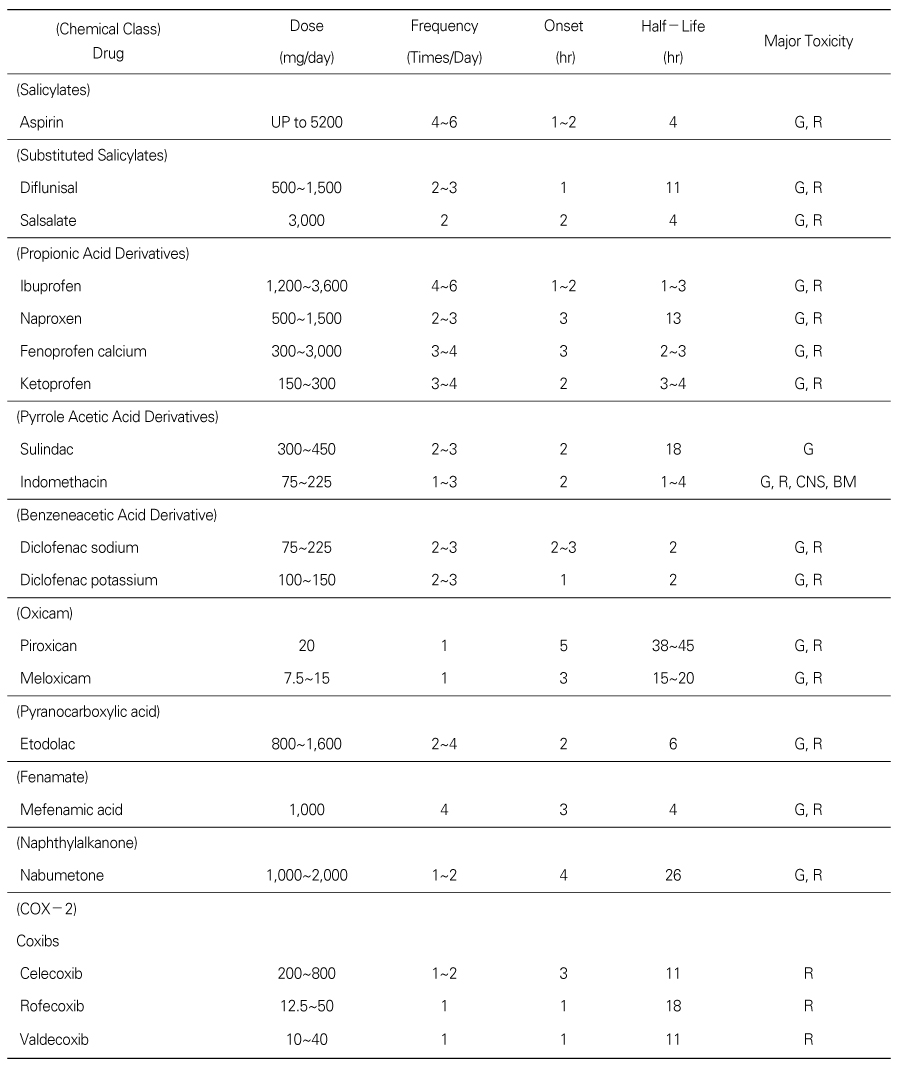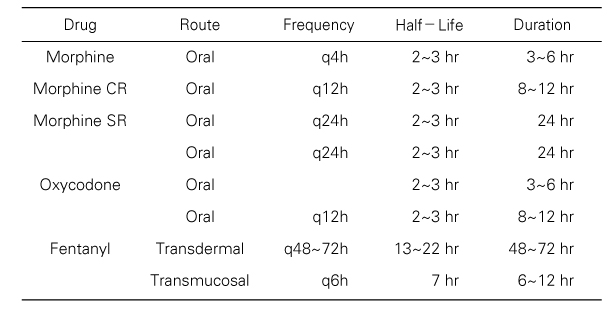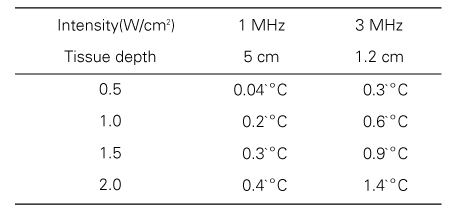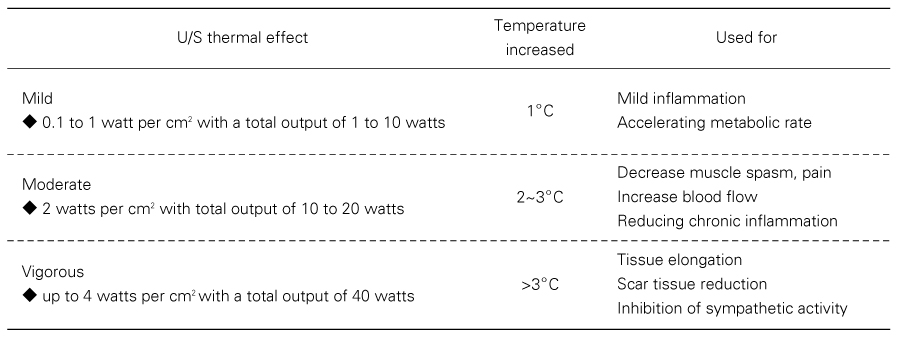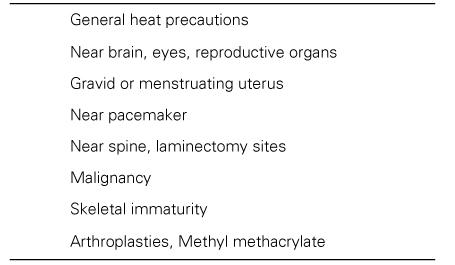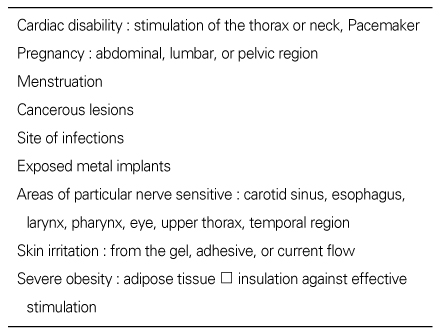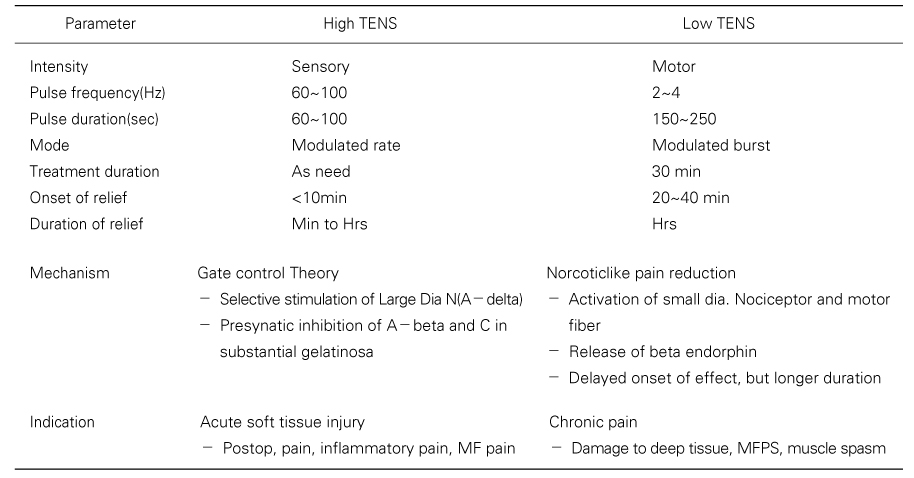 |
 |
- Search
| J Korean Med Assoc > Volume 47(9); 2004 > Article |
Abstract
In the industrialized world, low back pain is second only to headache as a cause of pain. It is the leading cause of expenditure for Workers' Compensation. Some 50~80% of adults will have low back pain at some time in their lives. Risk factors that influence the incidence or prevalence of low back pain are hard labor and heavy exertions, age, gender, anthropometric factors, postural factors, spine mobility, muscle strength, physical fitness, smoking, and psychosocial factors. Lumbar disk syndrome is a common cause of acute, chronic, or recurrent low back pain, particularly in young to middle-aged men. Most patients with discogenic low back pain respond well to conservative managements. Conservative treatments of back pain traditionally have included rest, avoidance of stressful activities, use of back supports, exercise, physical therapy, medication, traction, and nerve block. As in any acute injury, cold packs decrease edema for initial 48 hours, and then hot pack or radiant ramp for 20~35 min is used for control of acute back pain. Electrotherapy and deep heat can also be used. For acute discogenic disorders, the use of simple analgesics every 4 to 6 hours is also helpful. Adequate analgesia with acetaminophen, NSAIDs, or a short course of sedative muscle relaxants or even synthetic opiates may be recommended. Spinal orthosis is helpful to prevent a severe painful spasm of paraspinal muscles and to maintain a proper posture of the spinal column.
References
1. Biering-Sorensen F. Low back trouble in a general population of 30-,40-,50- and 60-year-old men and women:Study design, reprensentativeness and basic results. Dan Med Bull 1982;29:289-299.
2. Boden SD, Davis DO, Dina TS, patronas NJ, Wiesel SW. Abnormal magnetic resonance scans of the lumbar spine in a asymptomatic subjects. J Bone Joint Surg Am 1990;72:403-408.
3. Frymoyer JW. Back pain and sciatica. N Engl J Med 1988;318:291-300.
4. Saal JA, Saal JS. Nonoperative treatment of herniated lumbar intervertebral disc with radiculopathy:An outcome study. Spine 1989;14:431-437.
5. Lehmann JF, De Lateur BJ. In: Kottke FJ, editor. Diathermy and superficial heat, laser, and cold therapy. Krusen's Handbook of Physical Medicine and Rehabilitation 1990;4th ed. Philadelphia: WB Saunders. 283-367.
6. Deyo RA, Diehl AK, Rosenthal M. How many days of bed rest for acute low back pain? A randomized clinical trial N Engl J Med 1986;315:1064-1070.
7. Nachemson AL. Orthotic treatment for injuries and diseases of the spinal column. Phys Med Rehabil 1987;1:11-19.
8. In: Borenstein DG, Wiesel SW, et al, editor. Low back and neck pain : Comprehensive diagnosis and management 2004;3rd ed. Philadelphia: WB Saunders. 812-827.
9. Wolfe MM, Lichtenstein DR, Singh G. Gastrointestinal toxicity of nonsteroidal anti-inflammatory drugs. N Engl J Med 1999;340:1888-1899.
10. Crofford LJ, Lipsky PE, Brooks P, Abramson SB, Simon LS, van de Putte LB. Basic biology and clinical application of specific cyclooxygenase-2 inhibitors. Arthritis Rheum 2000;43:4-13.
11. Miyamoto H, Saura R, Doita M, Kurosaka M, Mizuno K. The role of cyclooxygenase-2 in lumbar disk herniation. Spine 2000;27:2477-2483.
12. Takada T, Nishida K, Doita M, Miyamoto H, Kurosaka M. Interleukin-6 production is upregulated by interaction between disc tissue and macrophages. Spine 2004;29:1089-1094.
13. Huskisson EC. In: Wall PD, editor. Non-narcotic analgesics. Textbook of pain 1984;Eninburgh: Churchill Livingstone. 505-513.
14. Simon LS, Mills JS. Drug therapy:Nonsteroidal anti-inflammatory drugs. N J Med 1980;302:1179-1185.
15. Borda IT, Koff RS. NSAIDs : A profile of adverse effects 1992;Philadelphia: Hanley & Belfus. 240-256.
16. Feldman M, Mc Mahon AT. Do cylcooxygenase-2 inhibitors provide benefits similar to those of traditional nonsteroidal anti-inflammatory drugs, with less gastrointestinal toxicity? Ann Intern Med 2000;132:134-143.
17. Clive DM, Stoff JS. Renal syndrome associated with nonsteroidal anti-inflammatory drugs. N Engl J Med 1984;310:563-572.
18. Walt RP. Misoprostol for the treatment of peptic ulcer and anti-inflammatory drug-induced gastroduodenal ulceration. N Engl J Med 1992;327:1575-1580.
19. Hakelius A. Prognosis in sciatica : A clinical follow-up of surgical and nonsurgical treatment. Acta Orthop Scand 1970;129:1-76.
20. Green LN. Dexamethasone in the management of symptoms due to herniated lumbar disc. J Neurol Neurosurg Psychiatry 1986;38:1211-1217.
21. Schnitzer TJ, Gray WL, Paster RZ, Kamin M. Efficacy of tramadol in treatment of chronic low back pain. J Rheumatol 2000;27:772-778.
22. Schnitzer TJ, Kamin M, Olson WH. Tramadol allows reduction of naproxen dose among patients with naproxen-responsive osteoarthritis pain:A randomized, double-blined, placebo-controlled study. Arthritis Rheum 1999;42:1370-1377.
23. Mullican WS, Lacy JR. TRAMAP-ANAG-600 study group : Tramadol/acetaminophen combination tablets and codeine/ acetaminophen combination capsules for the management of chronic pain:A comparative trial. Clin Ther 2001;23:1429-1445.
24. Jamison RN, Raymond SA, Slawsby EA, Nedeljkovic SS, Katz NP. Opioid therapy for chronic noncancer back pain:A randomized prospective study. Spine 1998;23:2591-2600.
25. Borenstein DG, Lacks S, Wiesel SW. Cyclobenzaprine and naproxen versus naproxen alone in the treatment of acute low back pain and muscle spasm. Clin Ther 1990;12:125-131.
26. Borenstein D, Feffer H, Wiesel S. Low back pain(LBP):An orthopedic and medical approach. Clin Res 1985;33:757A.
27. Ginzel KH. The blockade of reticular and spinal facilitation of motor function by orphenadrine. J Pharmacol Exp Ther 1966;154:128-141.
28. Borenstein DG, Korn S. Efficacy of a low-dose regimen of cyclobenzaprine hydrochloride in acute skeletal muscle spasm : Results of two placebo-controlled trials. Clin Ther 2003;25:1056-1073.
29. Woolf DJ, Mannion RJ. Neuropathic pain : Aetiology, symptoms, mechanism, and management. Lancet 1999;353:1959-1964.
30. In: Braddom RL, editor. Physical medicine and rehabilitation 2000;2nd ed. Philadelphia: WB Saunders. 440-455.
31. In: Borenstein DG, Wiesel SW, et al, editor. Low back and neck pain : Comprehensive diagnosis and management 2004;3rd ed. Philadelphia: WB Saunders. 777-779.
32. Melzack R, Jeans ME, Straford JG, Monks RC. Ice massage and transcutaneous electrical stimulation:comparison of treatment of low back pain. Pain 1980;9:209-217.
33. Campbell JN, Taub A. Local analgesia from percutaneous electrical stimulation. A peripheral stimulation. Arch Neurol 1973;28:347-350.
34. Woolf CJ. In: Wall PD, Melzack R, editor. Transcutaneous and implanted nerve stimulation. Textbook of Pain 1986;Edinburgh: Churchill Livingstone. 679-690.
35. Sjoulund B, Eriksson M. In: Bonica JJ, Leibeskin JC, et al, editor. Endorphins and analgesia produced by peripheral conditioning stimulation. Advance in Pain Research and Therapy vol 3 1979;New York: Raven Press. 587-591.
36. Meyer GA, Fields HL. Causalgia treated by selective large fiber stimulation of peripheral nerve. Brain 1972;95:163-168.
37. Woolf SL, Gersh MR, Rao VK. Examination of electrode placement and stimulating parameters in treating chronic pain with conventional transcutaneous electrical nerve stimulation (TENS). Pain 1981;11:37-47.
38. Anderson SA. In: Bonica JJ, Leibeskin JC, et al, editor. Pain control by sensory stimulation. Advance in Pain Research and Therapy, vol 3 1979;. New York: Raven Press. 569-585.
39. Nordemanr R, Thorner C. Treatment of acute cervical pain:A comparative group study. Pain 1981;10:93-101.
40. In: Borenstein DG, Wiesel SW, et al, editor. Low back and neck pain : Comprehensive diagnosis and management 2004;3rd ed. Philadelphia: WB Suanders. 831.
41. In: Braddom RL, editor. Physical medicine and rehabilitation 2000;2nd ed. Philadelphia: WB Saunders. 453-455.
42. Goldberg B, Hsu JD. Atlas of orthoses and assistive device 1997;3rd ed. St. Louis: Mosby. 157-158. 246-248.
- TOOLS
-
METRICS

-
- 3 Crossref
- Scopus
- 1,182 View
- 10 Download
-
Related articles in
J Korean Med Assoc -
Pharmacological treatment of Ménière disease2023 October;66(10)
Pharmacologic treatment of tinnitus2022 December;65(12)
Pharmacologic treatment of obesity2022 July;65(7)
Pharmacological treatment of osteoporosis: 2022 update2022 April;65(4)
Pharmacological management of muscle spasticity2022 February;65(2)






